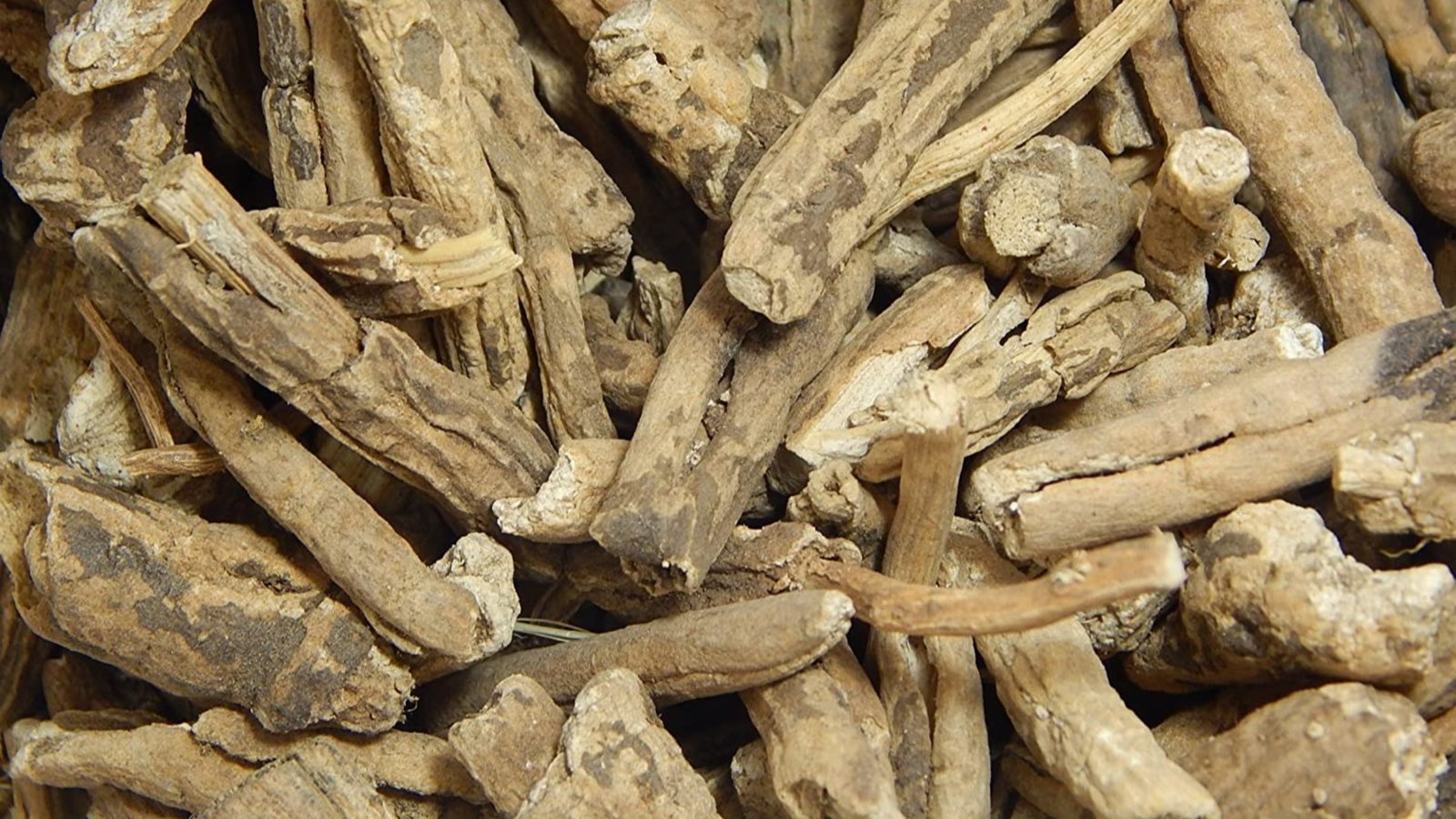
"Nishoth (Operculina turpethum) is a well-known herb in Ayurvedic medicine, valued for its strong purgative action. It is a perennial, twining herbaceous plant that belongs to the Convolvulaceae family. The root of the plant, especially the white variety, is widely used for therapeutic purposes including detoxification, treatment of constipation, liver disorders, and as a blood purifier."
Scientific Classification
- Kingdom: Plantae
- Phylum: Angiosperms
- Class: Eudicots
- Order: Solanales
- Family: Convolvulaceae
- Genus: Operculina
- Species: Operculina turpethum (L.) Silva Manso
Common Names
- English: Turpeth Root / Indian Jalap
- Sanskrit: Trivrit, Teekshna Trivrit
- Hindi: Nishoth, Tarbel
- Gujarati: Nisot
- Tamil: Sivathai
- Telugu: Tegada
- Bengali: Nishoth
- Marathi: Nishottar
Traditional and Medicinal Uses
- Laxative and Purgative - The root acts as a strong purgative, useful in treating chronic constipation, ascites, and abdominal distension.
- Liver Health - Used in conditions like jaundice and hepatitis due to its hepatoprotective and cholagogue action.
- Skin and Blood Disorders - Acts as a blood purifier, used in treatment of eczema, acne, and other skin diseases..
- Anti-inflammatory and Analgesic - Helpful in managing joint inflammation, gout, and arthritis.
References
The Ayurvedic Pharmacopoeia of India, Part I, Vol. 1, Govt. of India, Ministry of AYUSH, New Delhi.
Nadkarni, K.M. (1976). Indian Materia Medica, Vol 1, Popular Prakashan, Mumbai.
Anonymous (2001). Quality Standards of Indian Medicinal Plants, Vol. 2, ICMR, New Delhi.
Sharma, P.C., Yelne, M.B., & Dennis, T.J. (2001). Database on Medicinal Plants Used in Ayurveda, Vol. 4, CCRAS, New Delhi.
Gupta, R.K., & Tandon, N. (2004). Reviews on Indian Medicinal Plants, Vol. 3, ICMR, New Delhi.
Singh, S., & Kumar, S. (2012). “Pharmacognostical and Phytochemical Evaluation of Operculina turpethum.” International Journal of Pharmaceutical Sciences Review and Research, 14(1), 104-108.
Goyal, M., Nagori, B.P., & Sasmal, D. (2011). “Phytopharmacological review on Operculina turpethum.” Asian Journal of Plant Sciences, 10(6), 390-395.
European Pharmacopoeia, 10th Edition, Council of Europe.